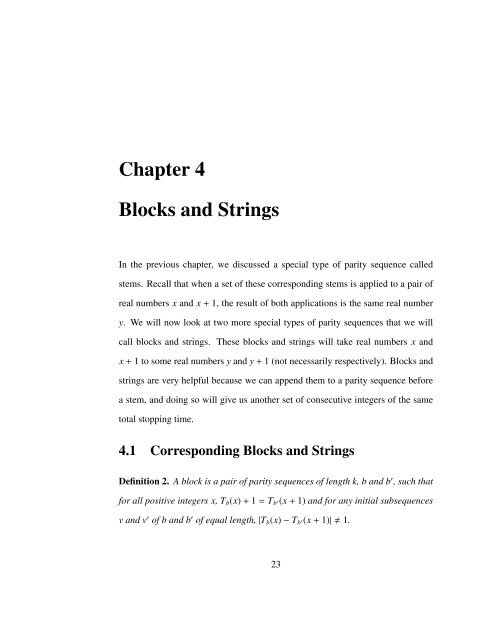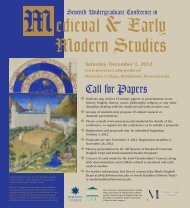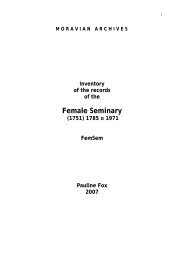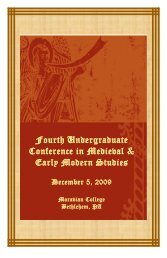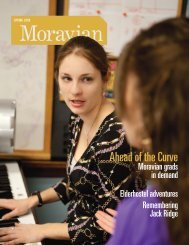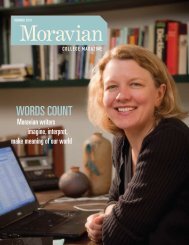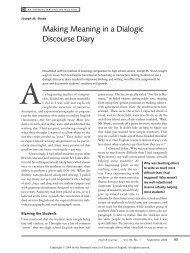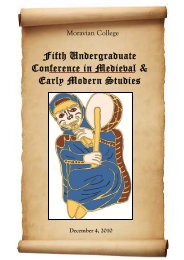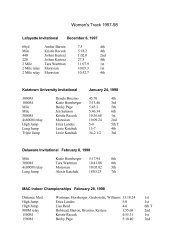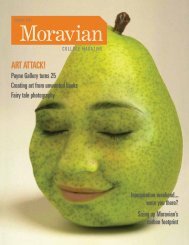Explorations of the Collatz Conjecture - Moravian College
Explorations of the Collatz Conjecture - Moravian College
Explorations of the Collatz Conjecture - Moravian College
You also want an ePaper? Increase the reach of your titles
YUMPU automatically turns print PDFs into web optimized ePapers that Google loves.
Chapter 4<br />
Blocks and Strings<br />
In <strong>the</strong> previous chapter, we discussed a special type <strong>of</strong> parity sequence called<br />
stems. Recall that when a set <strong>of</strong> <strong>the</strong>se corresponding stems is applied to a pair <strong>of</strong><br />
real numbers x and x + 1, <strong>the</strong> result <strong>of</strong> both applications is <strong>the</strong> same real number<br />
y. We will now look at two more special types <strong>of</strong> parity sequences that we will<br />
call blocks and strings. These blocks and strings will take real numbers x and<br />
x + 1 to some real numbers y and y + 1 (not necessarily respectively). Blocks and<br />
strings are very helpful because we can append <strong>the</strong>m to a parity sequence before<br />
a stem, and doing so will give us ano<strong>the</strong>r set <strong>of</strong> consecutive integers <strong>of</strong> <strong>the</strong> same<br />
total stopping time.<br />
4.1 Corresponding Blocks and Strings<br />
Definition 2. A block is a pair <strong>of</strong> parity sequences <strong>of</strong> length k, b and b ′ , such that<br />
for all positive integers x, T b (x) + 1 = T b ′(x + 1) and for any initial subsequences<br />
v and v ′ <strong>of</strong> b and b ′ <strong>of</strong> equal length, |T b (x) − T b ′(x + 1)| 1.<br />
23


